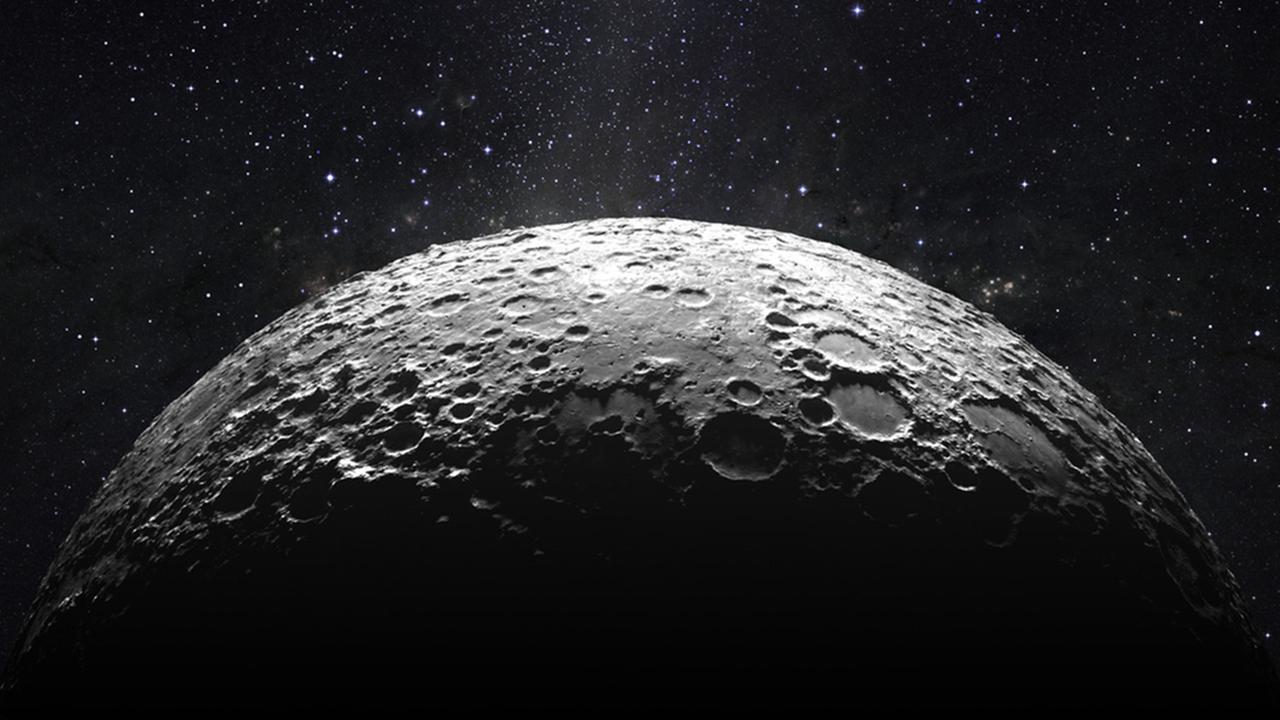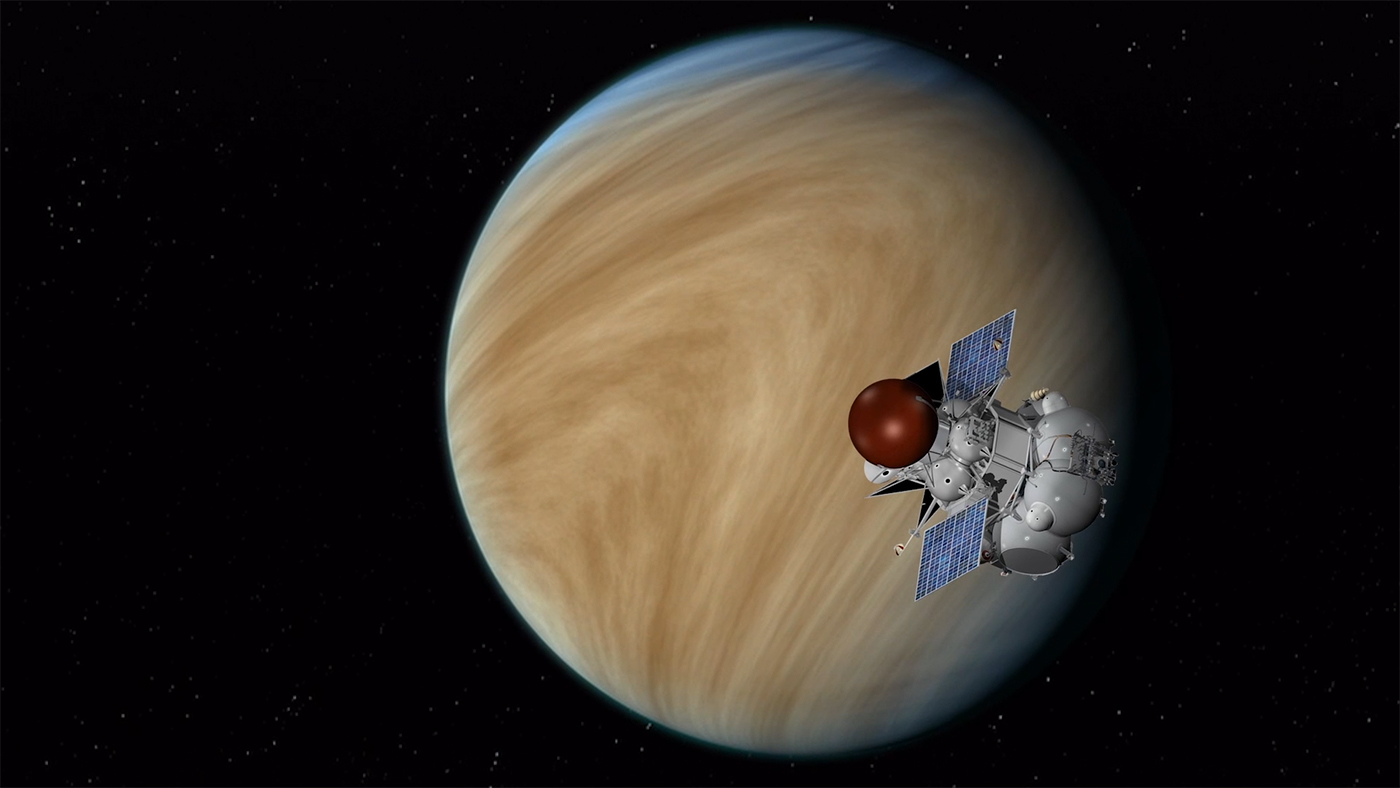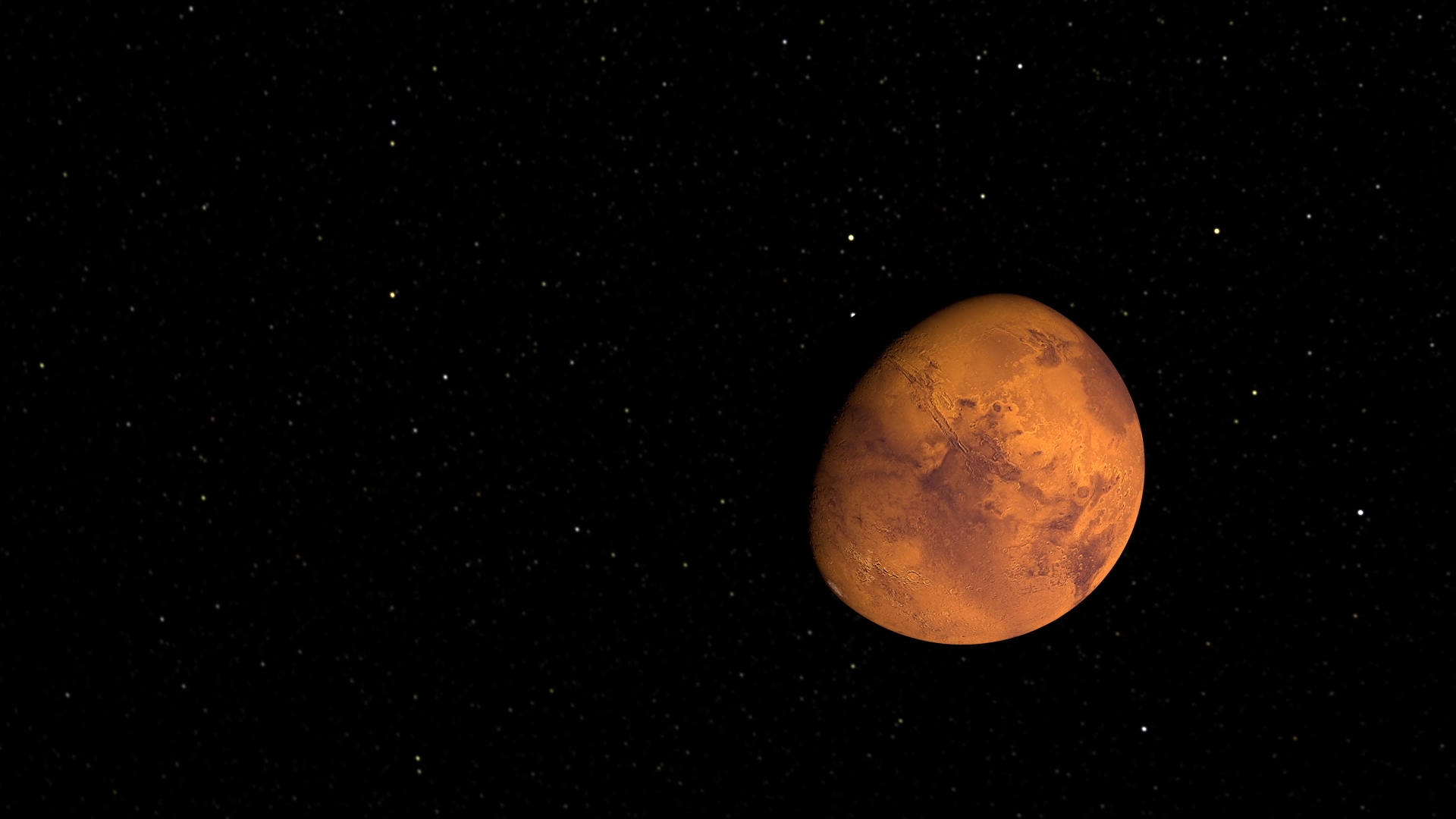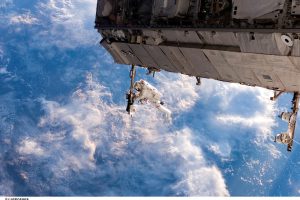On 12 April in 1961, Jurij Alekszejevics Gagarin completed an orbit of the Earth in his spacecraft Vostok. To commemorate the date of the first human to journey into outer space, we’ve collected some fun facts about our Solar System!

According to the leading theory, Moon is actually our child, from a really troubled relationship. 4.5 billion years ago Earth met Theia, a former Mars-sized planet. The meeting was a hard one. Theia become sort of part of the Earth, and our planet not only survived the collision, but also got a debris ring around itself – think Saturn – which then formed our satelite, the Moon.

If you want to collect some rocks from the Mars, you don’t have to travel all the way to the Red Planet. You only have to go to Antartica or the Sahara Desert, where many Martian meteorites have been found. But how did they end up there? Meteorites could have been blasted away from Mars, or they could’ve been shot into space by a huge volcanic eruption. Or maybe it was aliens. Our bet’s on aliens.
The hottest planet in our solar system is… well, not Mercury, even if it’s the closest planet to our Sun. It’s Venus. Why? While Mercury doesn’t have any atmosphere that can keep the heat, Venus has a really thick one – to be exact: 100 time thicker than that of the Earth, preventing the Sun’s energy from escaping back to space. The greenhouse effect results in a hellish 460 °C or 737 K. That’s hot, not your pizza!

Maybe it sounds like a crazy theory from a cheap Facebook post, but it’s true: every planet of the Solar system fits between Earth and Moon. If we add together all the planets’ (except the Earth of course) diameters, we would get 380,008 km, while the distance beetween the Earth and the Moon is „only” 384.400 km. And we would even left 4,392 km to spare, with enough space for Pluto, which diameter is 2373 km.
Earth had a ring before our Moon was born, and Mars will have one in the future, by destroying its own moon. But what about the rings that exist right now? You’d think that Saturn is the only one with a ring on it in our solar system, but all the gas giants have rings, they are just too far away and too faint. We must say: our gas giants are really cool with those big jewelleries. Wear them with pride, folks!
That unfaithful natural satellite! Moon is drifting away 3,8 centimeters a year, making every day a bit longer on Earth. But why? Well, the Earth and the Moon pull at each other with their gravity. It’s kinda like an ugly break up. This also means that a long-long time ago we had a closer realtionship with the Moon. There was a time when the Moon was much bigger in our sky and a day lasted only 4-6 hours.
We talk about Jupiter’s Earth-sized red spot all the time, but the gas giant has other cool stuffs to offer as well. For example its insanely huge strength. Its enourmos gravity is constantly pulling asteroids into its own orbit, saving Earth and other planets all the time – but also has the potential to be a really murderous giant. It can modify a comet’s orbit to fling it onto a direct collision course with Earth. This one’s a bully you want to be friends with.
Our Sun is heavy. Even if we have heavy gas planets in our system, a whole asteroid belt and a lot of rocky planets, dwarf planets and moons, all these materials make up only about 0,14 % of the Solar System’s mass. The leftover – 99,86% – is the Sun. It gets much scarier when we think about the fact that there are much bigger stars out there in the universe. So don’t worry about having an extra slice of cake. You’ve got nothing on our Sun.
A big amount of scifi space movies involve a scene where the spaceships have to go trough an extremely dangerous, thick asteroid field. But in reality, asteroid belts are so rare that we only know about one: that one which exists between Mars and Jupiter. Also, even if these belts contain thousands of asteroids, they are widely spaced. If you go through them, you’d have to be an awful pilot to collide with one.

We often consider Pluto as the edge of our solar system, but we couldn’t be more wrong. We have to look further. Even further than the Kuiper belt, which expands from the orbit of Neptune to 50-60 AU (AU = distance from the Earth to the Sun). Our real border is marked by the huge but tenuous Oort comet cloud, that may extend to 50.000 AU from the Sun, about half a light year – 1000 times farther than Pluto.
